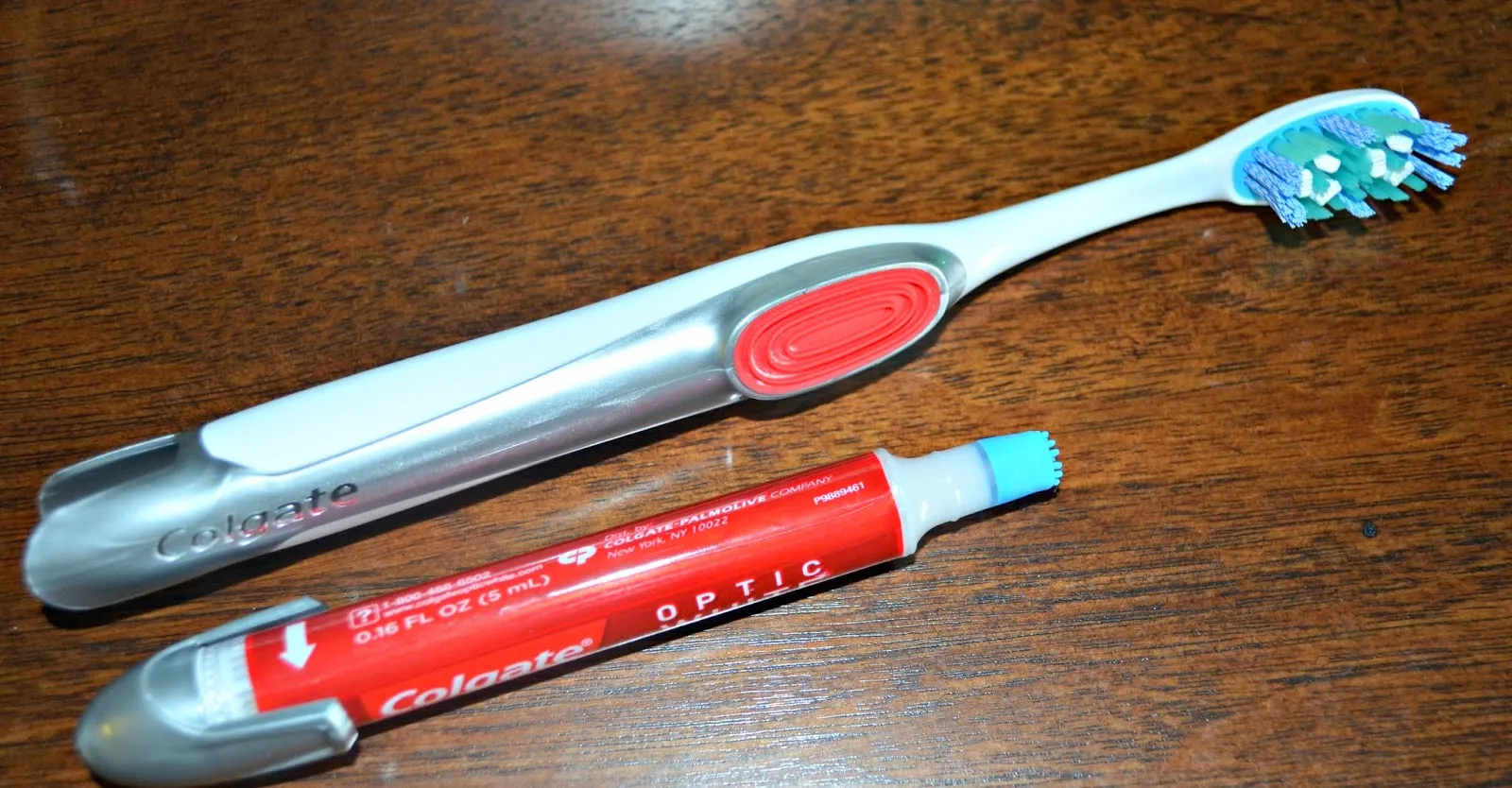What is a Whitening Pen and New Toothbrush?
In the realm of oral hygiene, the combination of a whitening pen and a new toothbrush represents a convenient and effective approach to achieving a brighter, more confident smile. A whitening pen is a small, portable device containing a bleaching agent, typically hydrogen peroxide or carbamide peroxide, designed to be applied directly to the teeth. Its primary function is to lighten the enamel, reducing the appearance of stains and discoloration. When paired with a new toothbrush, this dynamic duo provides a comprehensive oral care routine. The new toothbrush, with its fresh bristles, ensures optimal plaque removal and overall cleaning, creating a pristine surface for the whitening pen to work its magic. This guide delves into the specifics of whitening pens, new toothbrushes, and how they can be incorporated into your daily routine for a radiant smile. A new toothbrush is essential for effective cleaning, while the whitening pen provides a boost in aesthetics.
How Whitening Pens Work
Whitening pens operate on the principle of oxidation. The active ingredient, usually hydrogen peroxide or carbamide peroxide, penetrates the enamel and dentin, the layers of your teeth, where stains and discoloration reside. Once inside, the bleaching agent breaks down stain molecules, effectively lightening the overall shade of your teeth. The effectiveness of a whitening pen depends on several factors, including the concentration of the bleaching agent, the duration of application, and the frequency of use. Different whitening pens offer varying levels of potency; some may be milder for sensitive teeth, while others offer more aggressive whitening power. Consistency is key when using a whitening pen; regular application, as directed, yields the best results. It’s also important to understand that whitening pens are most effective on extrinsic stains, those on the surface of the teeth caused by coffee, tea, tobacco, and certain foods. They might have less impact on intrinsic stains, those within the tooth structure.
Key Ingredients in Whitening Pens
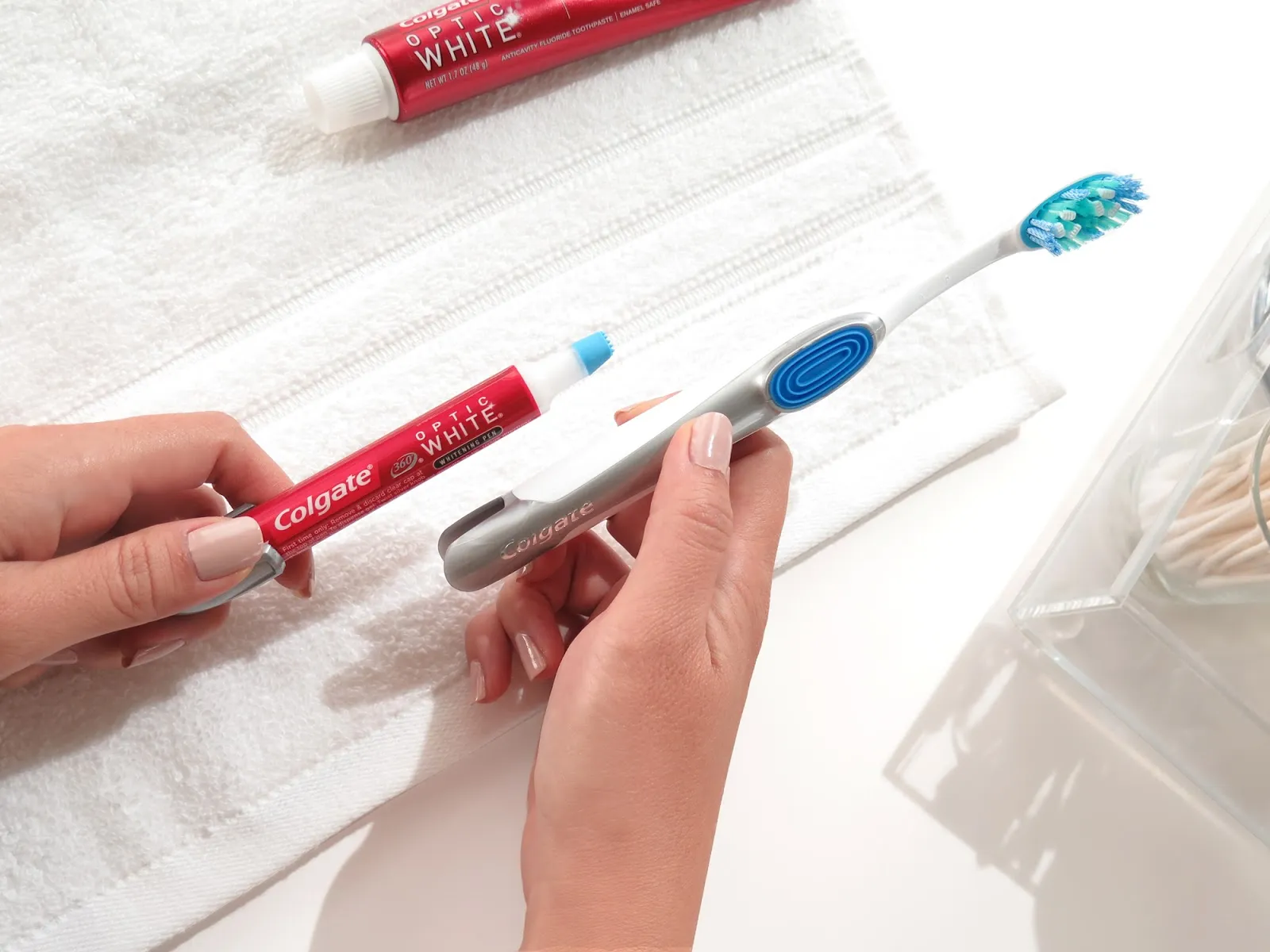
The primary active ingredients in most whitening pens are hydrogen peroxide and carbamide peroxide. Hydrogen peroxide is a strong oxidizing agent, directly responsible for breaking down stain molecules. Carbamide peroxide, on the other hand, is a slower-releasing form of hydrogen peroxide. When it comes into contact with water, it releases hydrogen peroxide. The concentration of these ingredients varies among different products, impacting their whitening power. Aside from the active ingredients, whitening pens also contain other components to improve the overall product experience. These may include flavoring agents to improve taste, thickeners for better adherence to the teeth, and humectants to prevent the pen from drying out. Some whitening pens also contain desensitizing agents like potassium nitrate to minimize tooth sensitivity, which is a potential side effect of the bleaching process. Always check the ingredient list if you have sensitivities or allergies.
Benefits of Using a New Toothbrush with a Whitening Pen
Using a new toothbrush in conjunction with a whitening pen enhances the overall effectiveness and benefits of your oral care routine. A new toothbrush provides superior cleaning power compared to an older one. The fresh, unfrayed bristles remove plaque and surface stains more efficiently, preparing the teeth for the whitening pen. Regular use of a new toothbrush helps remove food particles and debris, facilitating the whitening process by providing a cleaner surface for the whitening agent to work. Furthermore, a new toothbrush, with its improved cleaning ability, contributes to better overall oral hygiene, preventing the build-up of bacteria that can lead to gum disease and other dental problems. Combining a new toothbrush with a whitening pen offers a synergistic approach to achieving a brighter and healthier smile. The enhanced cleaning from the new toothbrush supports the whitening process, maximizing results.
Improved Teeth Whitening
The combination of a new toothbrush and a whitening pen directly improves the teeth whitening process. The new toothbrush ensures that the surface of your teeth is free from debris and surface stains, maximizing the whitening pen’s ability to penetrate the enamel and effectively lighten the underlying tooth structure. By removing plaque and other build-ups, the toothbrush facilitates a more even application of the whitening agent, resulting in a uniform and consistent whitening effect. Furthermore, the initial cleaning action provided by the new toothbrush improves the contact between the whitening pen and the tooth surface, improving overall performance. The better the surface is prepared, the more efficiently the whitening agent can do its job. This combination provides a noticeable difference compared to using a whitening pen without the benefit of a fresh, clean toothbrush.
Enhanced Oral Hygiene
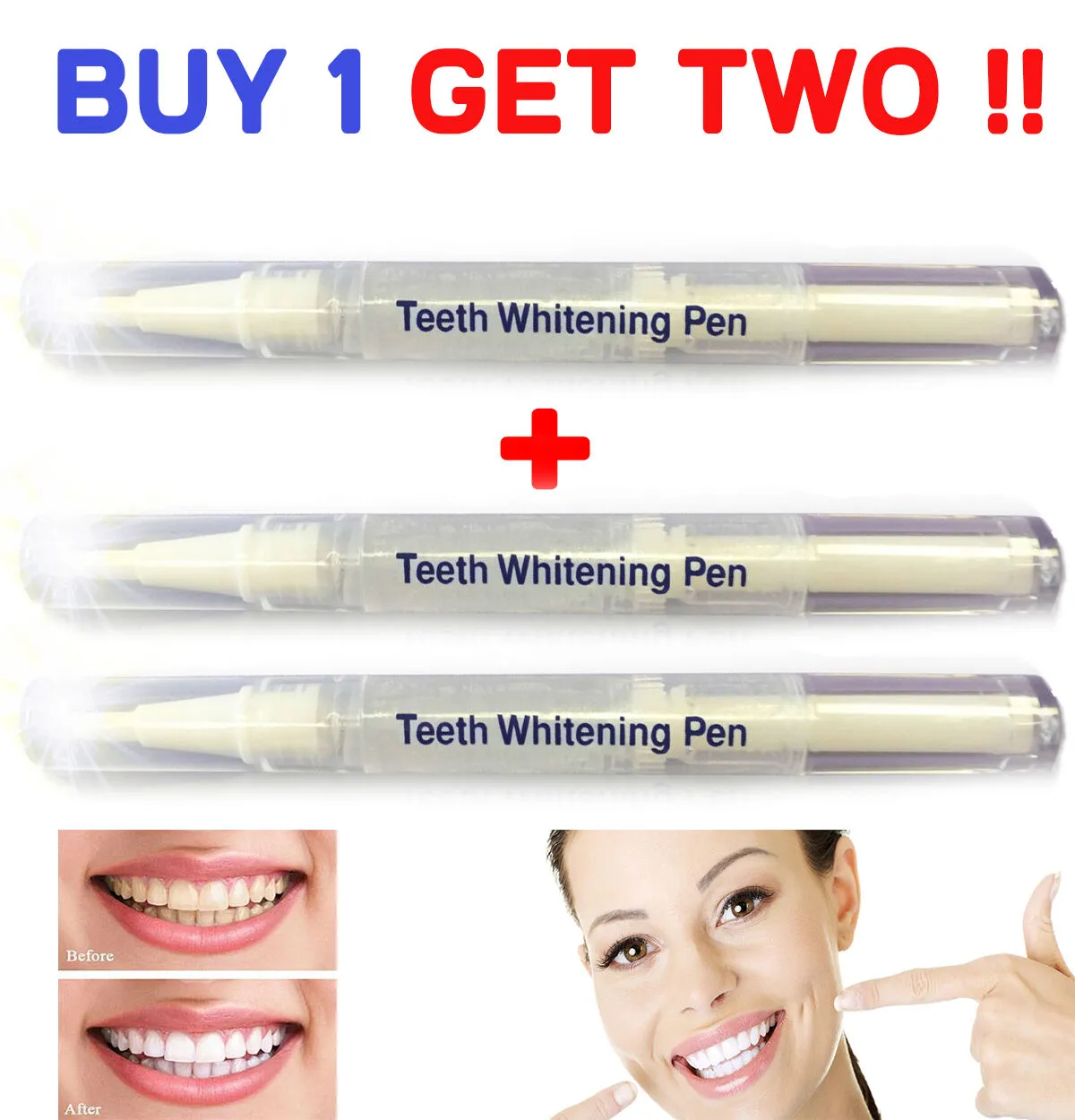
The use of a new toothbrush with a whitening pen dramatically enhances overall oral hygiene. The primary function of a toothbrush is to remove plaque, bacteria, and food particles from your teeth and gums, reducing the risk of tooth decay, gingivitis, and other dental issues. A new toothbrush, with its intact bristles, is particularly effective at this task. Using a new toothbrush ensures that these oral hygiene benefits are consistently delivered. The combination of a new toothbrush and a whitening pen also encourages a more consistent and thorough oral care routine. When you’re committed to using these products, you are more likely to brush regularly and pay attention to your oral health. This holistic approach leads to a healthier mouth, not just whiter teeth.
Convenience and Portability
Whitening pens are exceptionally convenient and portable, making them ideal for on-the-go use. They are small enough to carry in your purse, pocket, or travel bag, allowing you to freshen your smile anytime and anywhere. This portability is complemented by the daily usage of a new toothbrush, ensuring oral hygiene is maintained regardless of location. The ease of use of whitening pens also contributes to their convenience. They typically require minimal application time, making them a simple addition to your daily routine. Whether you are at work, traveling, or simply on the go, these products make it easy to maintain a bright, white smile. This convenience encourages adherence to the teeth whitening process, leading to more consistent and noticeable results.
Choosing the Right Whitening Pen and Toothbrush
Selecting the right whitening pen and toothbrush is crucial to achieving the desired results and maintaining optimal oral health. The ideal toothbrush should have soft bristles to avoid damaging your gums and enamel. Look for a toothbrush with a comfortable grip and a head size that allows you to reach all areas of your mouth easily. When choosing a whitening pen, consider the concentration of the active ingredient, hydrogen peroxide or carbamide peroxide, and your sensitivity level. If you have sensitive teeth, start with a lower concentration. Read customer reviews to learn about the effectiveness and potential side effects of different products. Look for pens with easy-to-use applicators. Consider your personal preferences and needs when selecting the right products.
Types of Whitening Pens
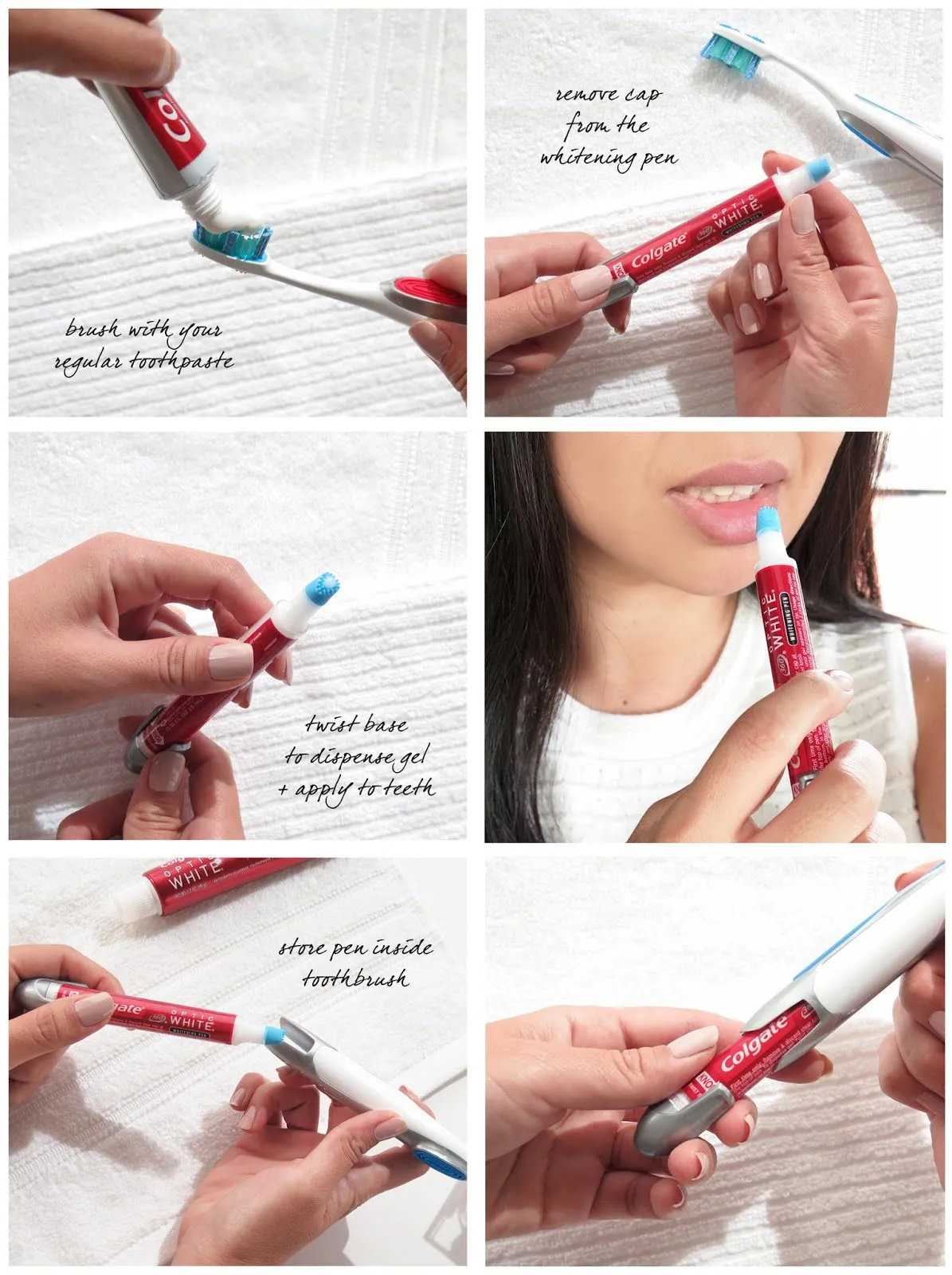
Whitening pens come in various types, each with different features and formulations. Some pens feature a brush-tip applicator, while others have a pen-like design with a built-in brush. There are pens formulated for sensitive teeth, containing lower concentrations of the bleaching agent and added desensitizing ingredients. Some whitening pens incorporate special ingredients like activated charcoal or natural extracts for added benefits. The choice depends on individual preferences and needs. Consider what type of applicator you prefer and whether you have any specific sensitivities. Read reviews to determine which pens provide the best results for your specific needs and preferences. Always choose a whitening pen from a reputable brand.
Features to Look for in a New Toothbrush
When selecting a new toothbrush, several features should be considered to ensure effective cleaning and optimal oral health. Soft bristles are essential for gentle yet effective cleaning. Look for a toothbrush with a comfortable grip and a head size that fits comfortably in your mouth. Consider electric toothbrushes, as they often provide more thorough cleaning and can include features like a timer and pressure sensor. Check for features such as tongue cleaners and gum massagers. A well-chosen toothbrush should make brushing easier and more effective, helping you maintain a healthy smile. Prioritize features like bristle softness, head size, and grip comfort when making your selection, considering any additional features that might enhance the brushing experience.
How to Use a Whitening Pen with a New Toothbrush
Using a whitening pen with a new toothbrush is a straightforward process, but following the instructions carefully ensures the best results. First, brush your teeth thoroughly with your new toothbrush and toothpaste. This will remove any surface debris and prepare your teeth for the whitening pen. After brushing, rinse your mouth with water and dry your teeth with a clean tissue. Apply the whitening pen according to the manufacturer’s instructions, usually by brushing a thin layer of the gel onto the surface of your teeth. Avoid touching your lips or gums. Allow the whitening gel to stay on your teeth for the recommended time, typically 30 minutes. Avoid eating or drinking during this period. Once the time is up, rinse your mouth with water. Avoid swallowing any of the remaining gel. Consistent use and adherence to the instructions are key to seeing results. Use your new toothbrush twice daily to maintain oral hygiene.
Step-by-Step Guide
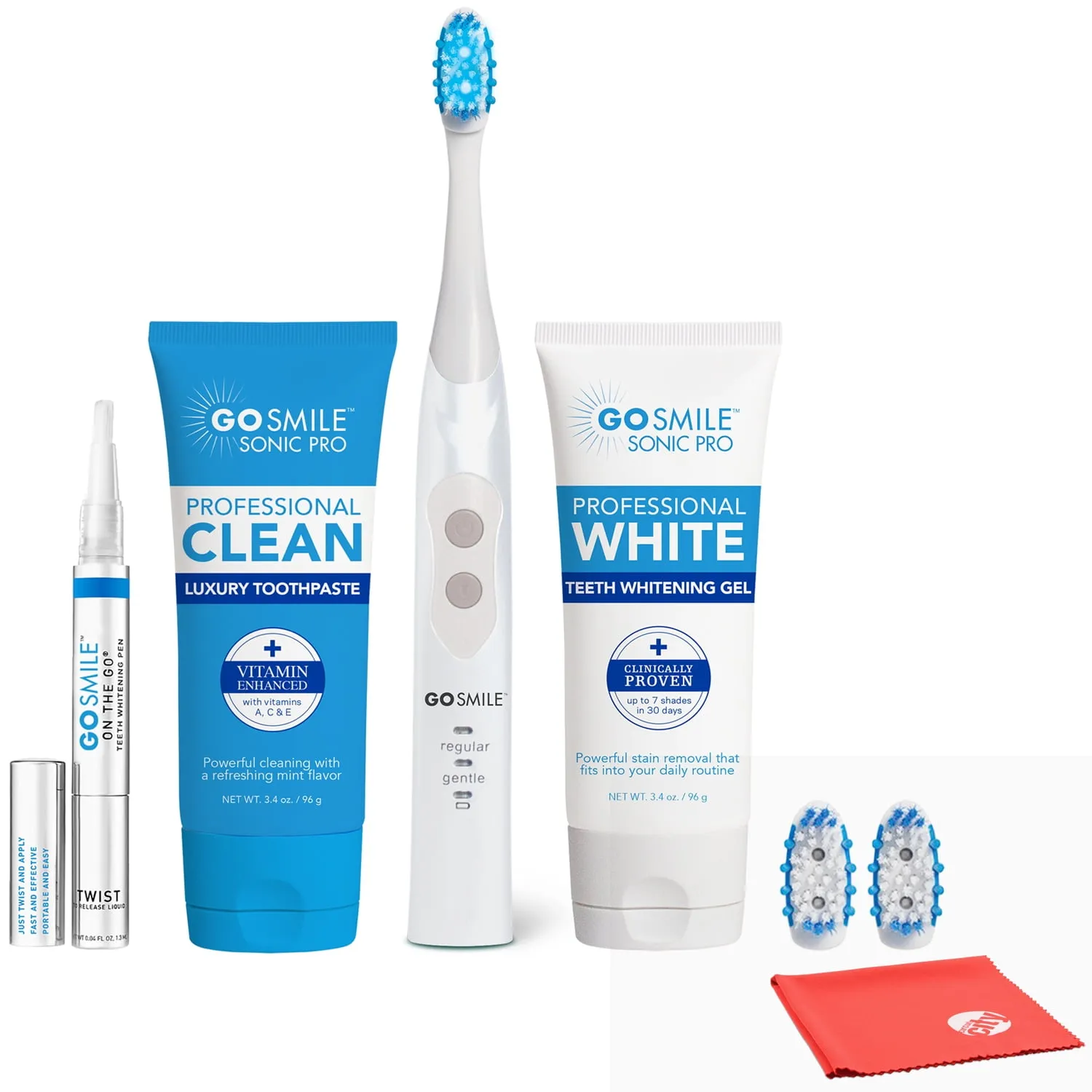
The step-by-step process for using a whitening pen with a new toothbrush is as follows. Begin by brushing your teeth with your new toothbrush and toothpaste for two minutes, paying attention to all surfaces. Rinse your mouth thoroughly with water. Dry your teeth with a clean tissue. Apply the whitening pen gel to each tooth, following the manufacturer’s instructions. Keep your lips away from your teeth while the gel dries. Allow the gel to sit on your teeth for the recommended time, typically 30 minutes. Rinse your mouth with water after the specified time. Avoid eating or drinking for at least 30 minutes after rinsing. Repeat this process daily or as directed by the product instructions. Incorporating these steps into your daily routine makes it easier to achieve a brighter, whiter smile. Consistency and patience are key.
Application Tips
To maximize the effectiveness of your whitening pen and new toothbrush, consider these application tips. Always brush your teeth thoroughly before applying the whitening pen. This removes any surface stains and prepares your teeth for the whitening process. Ensure your teeth are dry before applying the gel. A dry surface helps the whitening agent adhere to your teeth more effectively. Avoid touching your lips or gums with the whitening gel, as this can cause irritation. Follow the manufacturer’s instructions closely. Overuse can cause sensitivity, and not using enough can lessen the whitening effect. Consider using a timer to ensure you leave the gel on for the recommended time. Be patient and consistent. Whitening results are gradual, and it may take several days or weeks to see a noticeable difference.
Maximizing Results
To achieve the best results with your whitening pen and new toothbrush, incorporate these additional strategies. Maintain consistent use of both products, following the instructions carefully. Avoid foods and drinks that can stain your teeth, such as coffee, tea, red wine, and berries. Practice good oral hygiene. Brush twice daily with your new toothbrush, floss regularly, and use mouthwash. Schedule regular dental check-ups and cleanings. Professional cleanings can remove stubborn stains and enhance the whitening effects of your pen. Consider using a whitening toothpaste. This can help maintain your results and gently remove surface stains. Be patient and realistic about your expectations. Results vary from person to person. These practices will not only boost the effectiveness of your whitening pen but also promote overall oral health.
Potential Risks and Side Effects
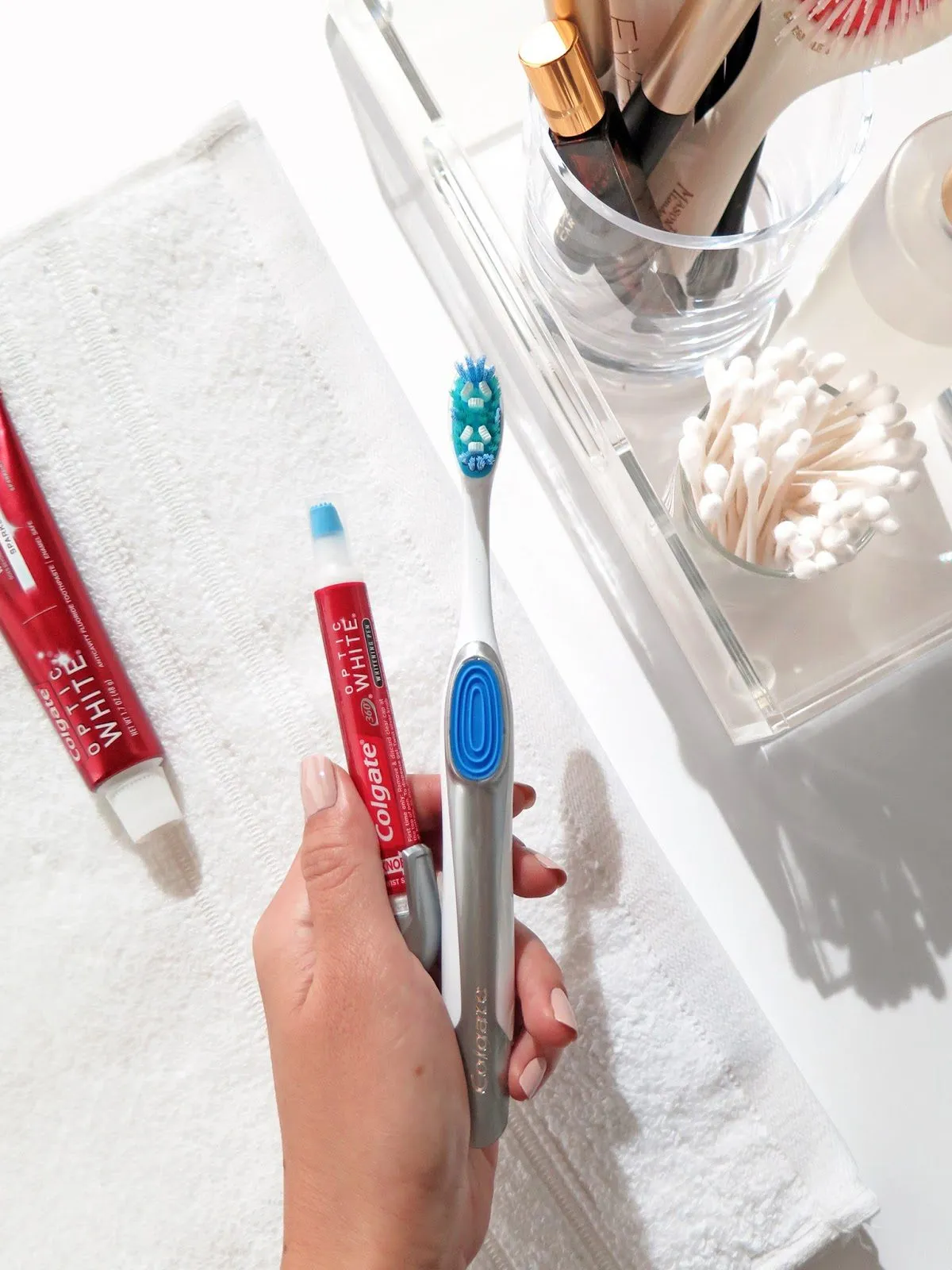
While whitening pens and new toothbrushes are generally safe, it’s important to be aware of potential risks and side effects. The most common side effect is tooth sensitivity, which can occur due to the bleaching agent penetrating the enamel. Some users may experience gum irritation or inflammation, particularly if the whitening gel comes into contact with the gums. In rare cases, some people may experience allergic reactions to the ingredients in the pen. It is crucial to stop using the product and consult with a dentist if you experience any severe side effects. Ensure you follow the product instructions carefully. Overuse can increase the risk of side effects. If you have sensitive teeth, choose a whitening pen designed for sensitive teeth and consult your dentist before use. These considerations will help you minimize any potential risks.
Sensitivity and Irritation
Tooth sensitivity and gum irritation are the most frequent side effects associated with whitening pens. Sensitivity typically manifests as a sharp, temporary discomfort when consuming hot or cold foods and drinks. Gum irritation can appear as redness, swelling, or soreness in the gums. To minimize these issues, use a whitening pen designed for sensitive teeth, with a lower concentration of the bleaching agent. Apply the pen sparingly, avoiding contact with your gums. Avoid overusing the product. If you experience sensitivity, consider using a toothpaste designed for sensitive teeth. Consult your dentist if the sensitivity or irritation persists or worsens. Understanding the potential risks and taking preventative measures will help you effectively manage any side effects.
Alternatives to Whitening Pens
While whitening pens are a convenient option, several other teeth whitening alternatives are available. Whitening toothpaste can help remove surface stains and maintain your teeth’s brightness. Whitening strips offer a more comprehensive whitening treatment, with a higher concentration of the bleaching agent. Over-the-counter whitening trays, similar to those used by dentists, provide a custom fit for a more uniform whitening effect. For more significant results, professional teeth whitening performed by a dentist is also a consideration. Your dentist can provide in-office whitening treatments or custom-fitted trays with stronger bleaching agents. The best option depends on your individual needs, preferences, and the severity of the stains on your teeth. Consulting with a dentist can help you decide which treatment is right for you.
Professional Teeth Whitening
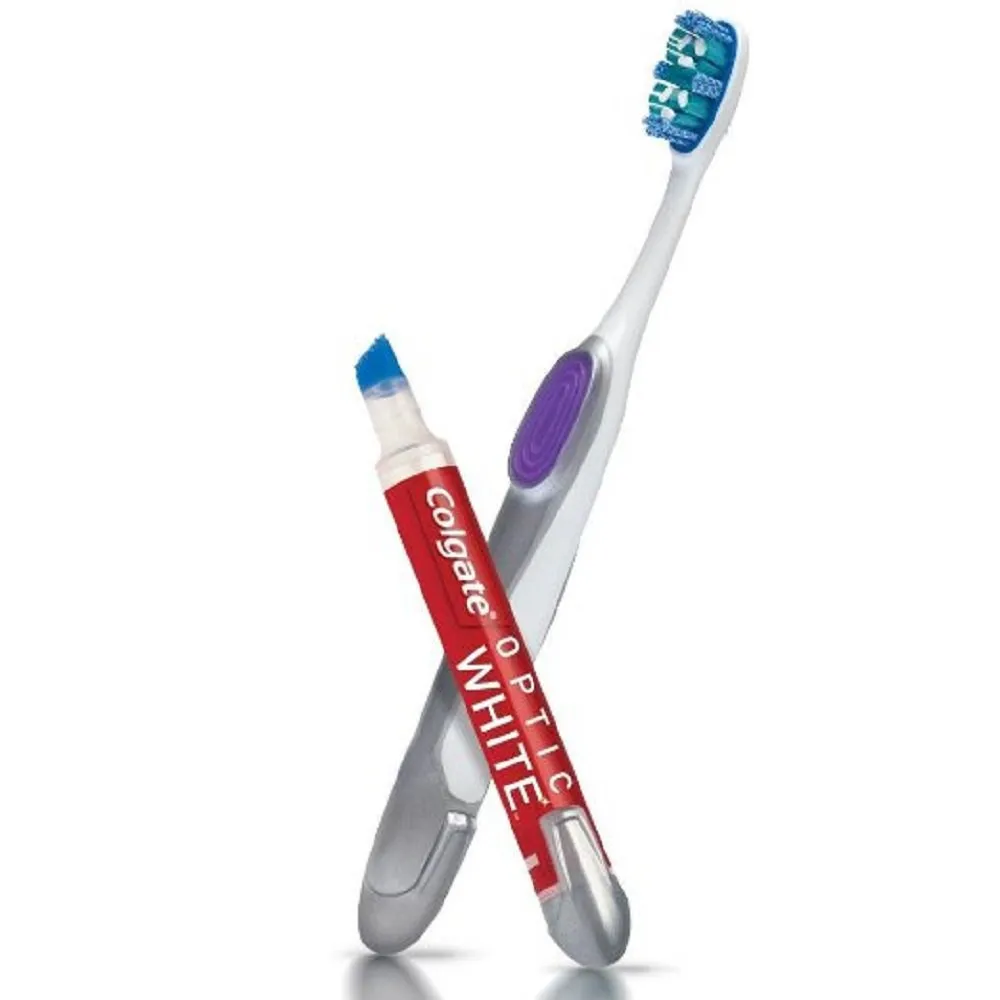
Professional teeth whitening is one of the most effective methods for achieving dramatic results. Your dentist uses a higher concentration of the bleaching agent, resulting in quicker and more significant whitening. The process typically involves an in-office treatment or custom-fitted trays that you can use at home under your dentist’s supervision. Professional treatments offer several advantages, including the expertise of a dental professional, ensuring the safe and effective application of the bleaching agent. Your dentist can also address any pre-existing dental issues or sensitivities before treatment. Professional whitening often yields more consistent and noticeable results. However, it is generally more expensive than over-the-counter options. Consult with your dentist to discuss your teeth whitening goals and determine if professional whitening is right for you. A dentist can also provide guidance on the best aftercare and maintenance strategies.
Maintaining Your White Smile
Maintaining your white smile requires a consistent commitment to good oral hygiene and lifestyle choices. Regular brushing with your new toothbrush and flossing will remove plaque and prevent stains from building up. Using a whitening toothpaste can help maintain the brightness of your teeth. Avoid or limit the consumption of foods and drinks that can stain your teeth, such as coffee, tea, red wine, and berries. If you do consume these items, rinse your mouth with water afterward to help minimize staining. Consider using a straw for beverages that can stain your teeth. Schedule regular dental check-ups and cleanings. Professional cleanings can remove surface stains and prevent the accumulation of plaque and tartar. These practices will help you enjoy a radiant, white smile for a long time. A comprehensive approach to oral care is vital for long-term success.
Oral Hygiene Routine
Establishing a comprehensive oral hygiene routine is the foundation of maintaining a white smile. Brush your teeth twice daily with a new toothbrush and fluoride toothpaste, for at least two minutes each time. Floss daily to remove plaque and food particles from between your teeth and along the gumline. Use mouthwash to kill bacteria and freshen your breath. Consider using a tongue scraper to remove bacteria and debris from your tongue. Schedule regular dental check-ups and professional cleanings every six months. A consistent oral hygiene routine will help remove surface stains, prevent the build-up of plaque, and maintain your teeth’s natural brightness. Consistent oral hygiene practices are an investment in your overall oral health.
Dietary Considerations
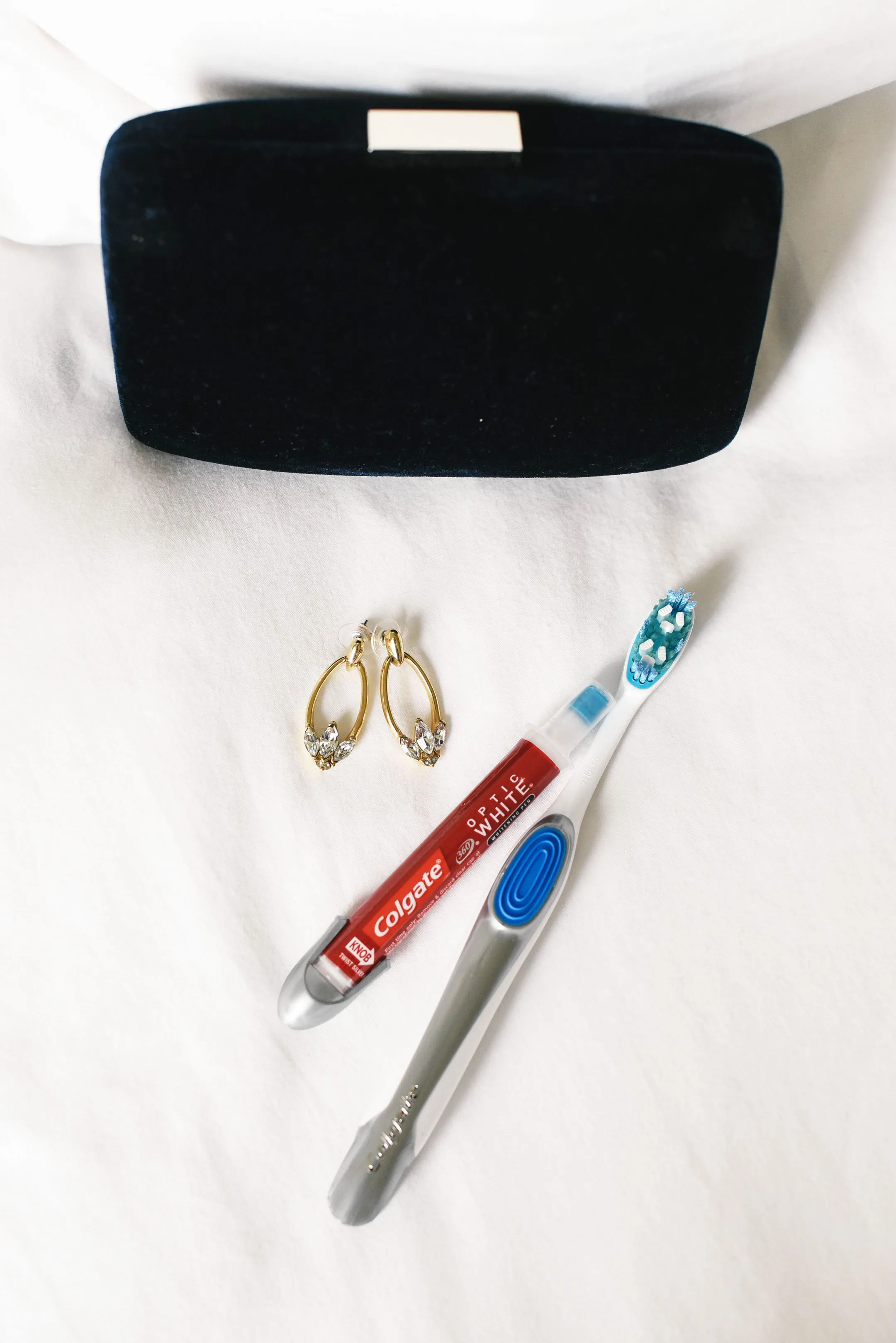
Your diet significantly influences the appearance of your teeth, including their whiteness. Minimize the consumption of foods and beverages known to stain teeth, such as coffee, tea, red wine, dark berries, and soy sauce. Consume foods that naturally help clean your teeth, such as crunchy fruits and vegetables. Rinse your mouth with water after consuming staining foods and drinks. Consider incorporating foods that promote oral health. These include dairy products, which are rich in calcium, and foods that are high in vitamin C. Avoid excessive sugar intake, which can contribute to tooth decay and discoloration. A balanced diet, combined with proper oral hygiene, will help you maintain a bright, white smile. Making informed dietary choices will reduce staining and help maintain the whiteness of your teeth for a long time.
